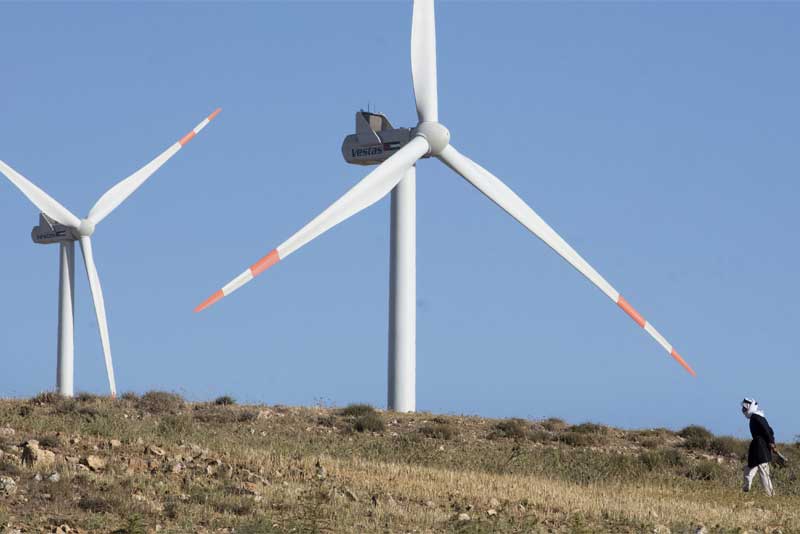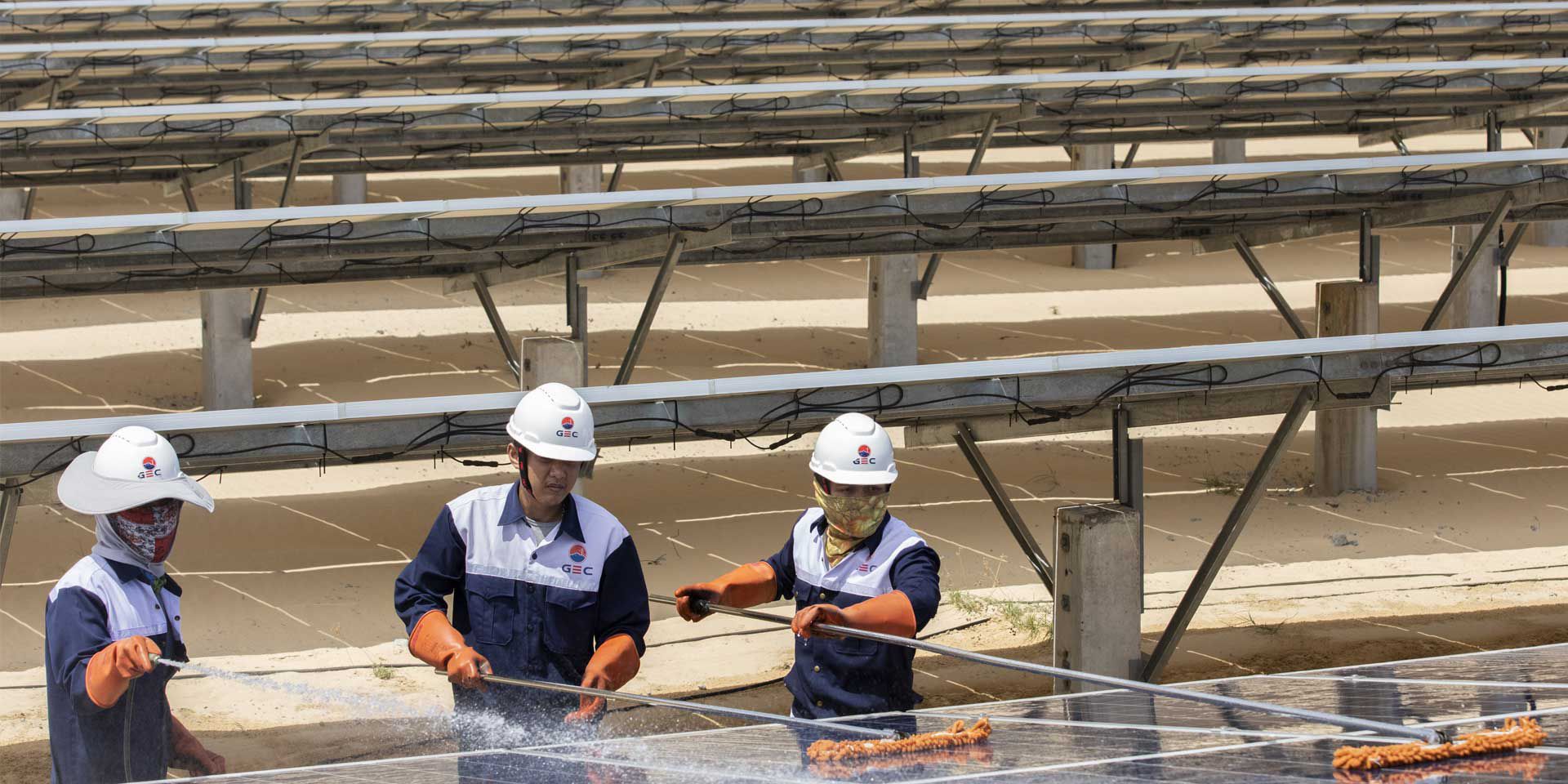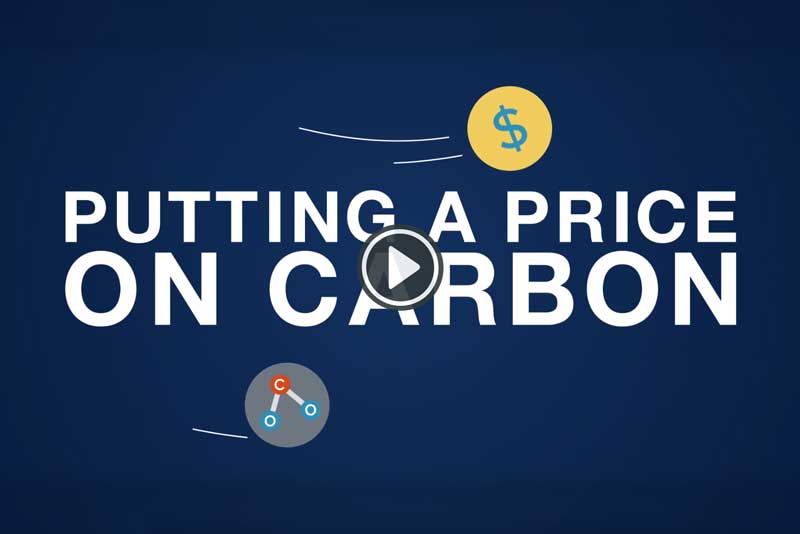Climate change poses threats to economies and industries—and transitioning to a low-carbon economy is imperative to avoid its most dangerous impacts. But how can this be done in a way that preserves competition in the marketplace?
Carbon pricing can be an effective, flexible, and low-cost approach. Affixing a price on carbon can increase investment opportunities while allowing competition to continue, according to new findings released at the UN Climate Action Summit. The report, High-Level Commission on Carbon Pricing and Competitiveness, states that risks to global competitiveness can be mitigated by increased investment in low-carbon technologies, the adoption of other climate change policies, and a global carbon market.
The commission behind the report was convened by the Carbon Pricing Leadership Coalition (CPLC), a World Bank Group-supported assembly of governments, businesses, and civil society organizations that support greater ambition in carbon pricing policies. Among its discoveries: There is little evidence that carbon pricing has resulted in “carbon leakage”—the relocation of high-emitting businesses to other countries without a carbon price or with a lower price. On the contrary, the report notes, when done right, carbon pricing has the potential to lead to the development of new industries and advance innovation in existing ones.
In fact, putting a price on carbon sends a financial signal to private sector investors that low-carbon investments are valuable today and will be even more valuable in the future, as the report asserts. By carefully allocating emissions allowances and collecting carbon tax revenue, governments can lower other corporate taxes and provide technology innovation assistance to emerging industries. This will help ensure that companies and regions remain competitive in global markets.Motivating Consumers and Corporations to Act Now
Forty-six national and 28 subnational jurisdictions around the world have already put a price on carbon. As more and more countries adopt carbon pricing policies, concerns over international trade competitiveness should decline, the authors found. Their research also led to the conclusion that carbon pricing can generate revenues to increase sustainable development efforts and fund projects, such as those in climate-smart infrastructure. A price on carbon incentivizes corporate leaders and consumers to act in reducing greenhouse gas emissions.

Putting a price on carbon sends a signal that low-carbon investments are valuable today and will be in the future. Dominic Chavez/IFC
In India, where carbon pricing regulations are not in place, cement giant Dalmia Cement implemented a carbon tax to increase its electric and thermal energy efficiency. The company’s internal shadow carbon price has paved the way for the development of waste-heat recovery plants and a line of “green” cement with a low carbon footprint.
“Carbon pricing is a policy tool that can help unlock this innovation so that sectors from across the economy can step up to make a more sustainable future,” says Mahendra Singhi, the Group chief executive officer of Dalmia Cement.Published in September 2019


